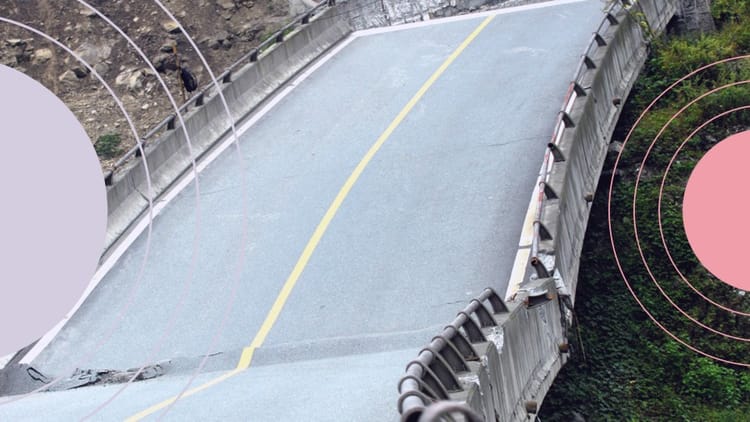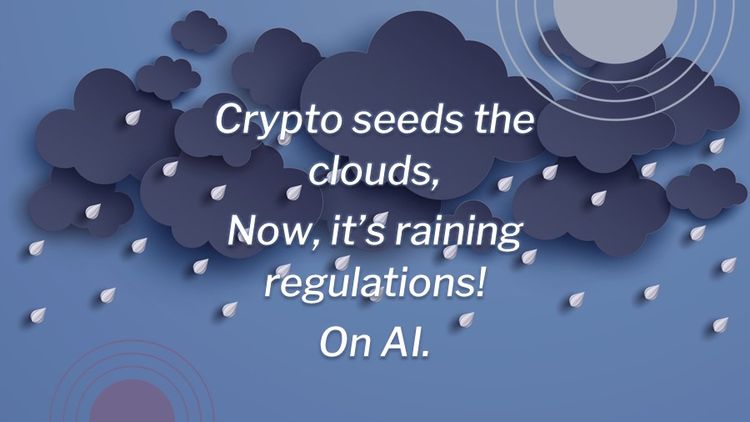Inflation and the fog of the Covid wars

The last couple of weeks has been a splendid example of information fog with mounds of uncorrelated data blowing at us. Investors could easily get lost in all the recent financial data and this is part of the fog of the Covid wars.
Speculating on the Federal Reserve and Congressional policy and how it impacts investments is not sufficient. It is essential to keep one’s eye on the enemy and that is Covid. The volume of numbers and the intensity of political speech is overwhelming.
By the Numbers
The unemployment rate fell to a 52-year low. And the S&P 500 hit a new high. Amid all this, the Federal Reserve announced that it was accelerating its plan to taper its bond buying and raise interest rates, which in most periods would have sent Treasury bond yields materially higher. Yields did go up but yields increasing about three basis points along the Treasury yield curve is not what most bond traders would consider a shock.
And the ostensible driver of all the Fed policy action was inflation. The inflation data has seemed singularly unimpressed by the well foreshadowed policy moves. CPI rose at the expected rate of over six percent.
The bond market saw the CPI data meet but not exceed its expected rise. Bond market traders also viewed the move as more positive than it deserved. CPI at this level may have put us squarely on the path to hyperinflation. It is up to the virus. We are at war with a virus and our policy makers have removed the economic slack to deal with other more virulent varieties of Covid. They did this by exhausting our ability with to borrow without triggering inflation. Let us hope we do not have more virulent mutations strike us.
Covid is mutating rapidly
The discovery of the Omicron variant of the Covid virus provided a valuable demonstration of the underlying economics of the Pandemic. The scientific and medical community reacted quickly to the announcement of this variant, telling us what they knew. What they knew was extensive because they were expecting new mutations.
Given the virulent discussions on fiscal and monetary policy exploding in the press, it is easy to miss the greater concern with Covid. The Federal Reserve had believed that the current inflation rate spike followed the post war cycles of previous wars. Shortages of consumer goods drove prices higher in the face of consumers flush with cash. This demand pull led to short term spikes with quick reversals in the past.
This time, however, the Congress added massive amounts of fiscal support to the economy in the first rounds of Covid infections. In the process of providing fiscal stimulus, which was essential, Congress added social programs to the funding agenda. The political adoption of Modern Monetary Theory (MMT) facilitated the generation of enormous deficits.
Give up on MMT
The political attractiveness of MMT has had a broad band of politicians adopt it at the country’s risk. Even as MMT becomes more acceptable in academic and political circles, inflation shows the easy money side of MMT is at its limits. The US cannot ignore the inflationary consequence of deficits generated by fiscal or monetary policies. Seeing the spiking inflation, some policy makers are questioning the validity of MMT. And MMTs founders are fighting back.[1]
Even by its own tenants, MMT creates inflation when the deficit exceeds what it necessarily for full employment.[2]
MMT will not defeat Covid
A great deal of political pushback has centered on the Build Back Better (BBB) Act social spending and tax bill. But there is growing evidence that US deficits are too large even without the BBB’s three plus trillion-dollar addition to the deficit.
Economic planners often use the evolution of the 1918 flu as a guide for what to expect with this virus. With that as the basis, we are now past the two-year, three evolutions mark which the 1918 Pandemic produced.
The current CPI readings are a clear indicator that we are out of economic slack, almost no matter what the Congress does. What happens to inflation is in the hands of Covid. We may get lucky and immune from the virus and hyperinflation. Or we may not. For investors, however, watching the Fed is not enough. Watch Covid.
We hope you enjoyed this article. Please give us your feedback.
[1] L. Randall Wray (2019) MMT and Two Paths to Big Deficits, Challenge, 62:6, 398-415, DOI: 10.1080/05775132.2019.1668646.
[2] Tanaka, Yasuhito, An Elementary Mathematical Model for MMT (Modern Monetary Theory) (July 7, 2021). Research in Applied Economics (Macrothink Institute) https://www.macrothink.org/journal/index.php/rae , Available at SSRN: https://ssrn.com/abstract=3882002 or http://dx.doi.org/10.2139/ssrn.3882002
This article is not intended as investment, tax, or financial advice. Contact a licensed professional for advice concerning any specific situation.





